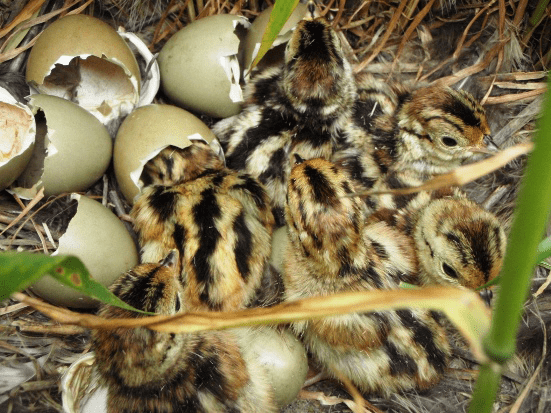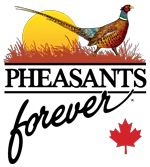Edge Habitat is Critical for Nesting Pheasants
As southern Alberta emerges from the cold and snow of winter, pheasants begin their annual nesting cycle. Leaving the protective dense thermal cover they seek in winter, often in cattail marshes, roosters start to establish breeding territories. They defend these against other cock birds and will confront intruders, at times including physical combat; the challenger typically backs down, and these confrontations seldom prove fatal. Roosters announce and maintain their territories by crowing, with nearby hens subsequently seeking them out. A brief courtship follows, characterized by the rooster strutting, running, spreading his tail and erecting the red wattles around his eyes.
The hens are responsible for establishing the nest site, usually within dense vegetative cover. Most often nests are located in grassy roadside ditches or right-of-ways, along fencelines, or within wetland edges. These preferred sites underscore the importance of maintaining linear strips of habitat as promoted in the Save the Edges campaign. The nest itself is a natural hollow depression or a bowl that the hen scrapes out, generally six or seven inches wide and a couple inches deep. She lines her nest sparsely, using nearby vegetation or feathers she plucks from her breast.

A hen will lay one egg per day, averaging 12 or so eggs in total. Only once she has completed laying her clutch will she begin to incubate the eggs. During the incubation period, which lasts 23 or 24 days on average, a hen seldom leaves the nest, and then only to feed once or twice daily. Pheasants are strong renesters, so if a hen loses her nest to predators or disturbance, she will often start the nesting process over again.
Save the Edges is bringing awareness of the issues of trespass farming and the values of intact roadside ditches and undeveloped public right-of-ways to southern Alberta’s landowners.


